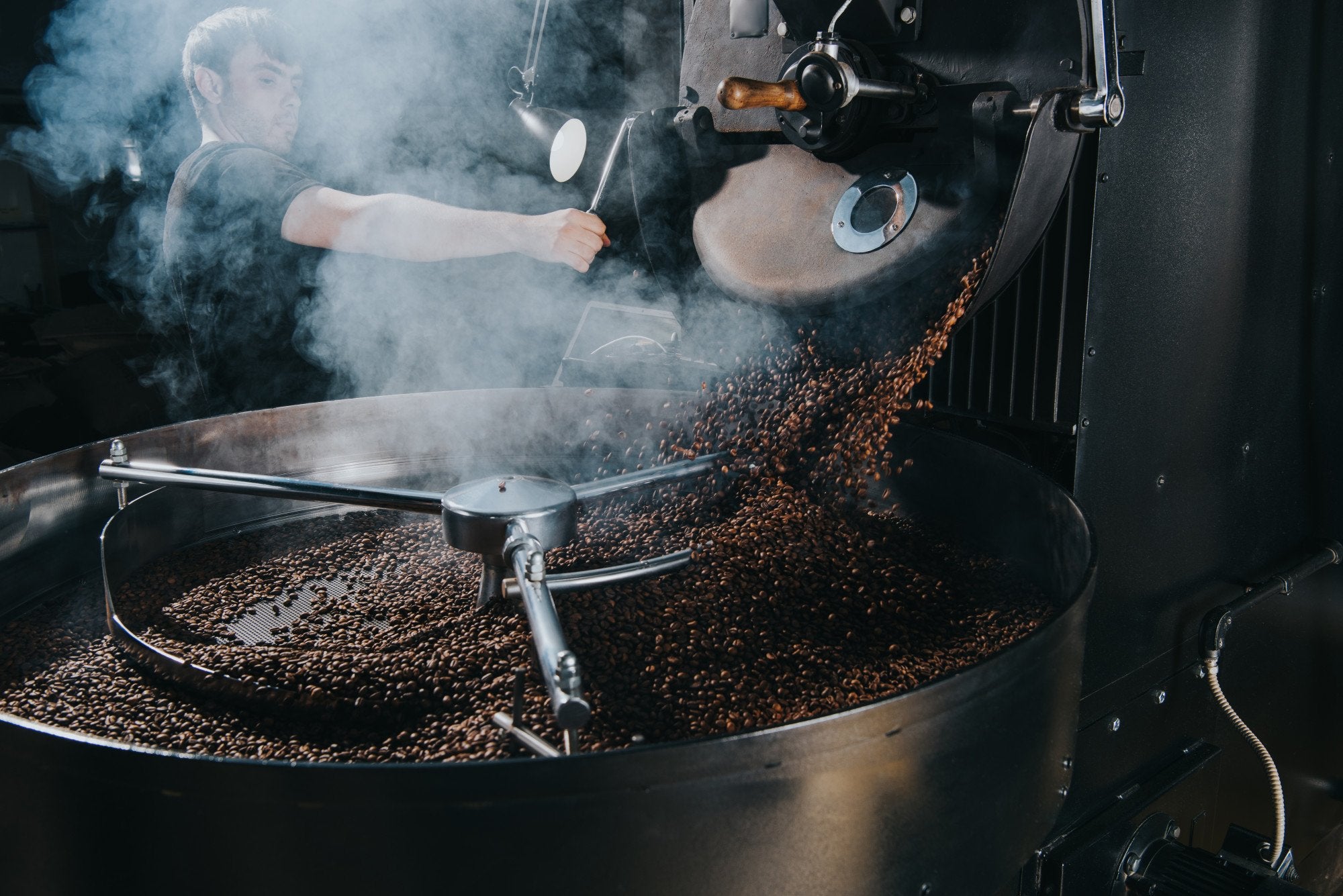Demystifying the Coffee Roasting Process
Who doesn’t like to sip away their day-to-day hassles and mind struggles with a well-brewed coffee cup? However, if you have ever been stuck or started fumbling when a barista asks how you’d like to have your coffee- Light or Dar Roast? If or felt completely baffled while pursuing different varieties of coffees in your nearest retail store then you are not the only one.
As the best Coffee Roaster Australia, we believe it is of utmost importance that you understand the basics of coffee roasting and know your way around its process. It will not only broaden your understanding of the coffee varieties but also will help in making the right choice when you are out ordering your next cup of brew. Developing an understanding of the coffee roasting process will help you prioritise your coffee preferences and choose the right coffee can or order the right cup. You may even realise that you have different coffee roasting preferences according to the season or time.
We are rated as the best Coffee Roaster Australia and we will help you understand the coffee roasting concept with the following article. Let’s get started.

What is Coffee Roasting?
Coffee Roasting is a strategically orchestrated chemical process that turns raw coffee into fragrant, appealing coffee beans that we know and love. Coffee roasting is a pure blend of science and art. It involves careful application of heat to turn “raw green” coffee beans into brown aroma-filled coffee beans that are consumed worldwide. Before the process of coffee roasting the coffee is in a green raw state that is neither aromatic nor consumable.
The process of roasting involves high heating which triggers chemical reactions to take place in green coffee beans as they are brought to high temperatures. When they reach their peak temperatures the beans are cooled down eventually bringing the process to a halt. Roasted coffee beans carry the aromatic coffee smell and they also have a crunchy feel to them. Once the roasting process is over they are ready to be brewed and consumed.
However, as one of the most reputed Melbourne Best Coffee Roasters we always suggest consuming freshly roasted beans as soon as possible as with time they start to lose their fresh roast aroma.
Is Coffee Roasting tough?
We are no one to determine the complexity of the coffee roasting process but as the Best Coffee Roaster Melbourne, we can say with confidence that it is pure art. It is a precise process where a split second can determine the fate of your coffee batch.
Two Methods of Roasting
Drum Roasting and Hot Air Roasting are the two most commonly used methods of coffee roasting. Here’s what they are:
Drum Roasting
When compared to Hot Air roasting, Drum Roasting is normally done on a lesser scale. Small batches of coffee are exposed to a temperature of 230 degrees for around 12 minutes. Slow roasting removes all of the beans' acidic tastes.
Hot Air Roasting
Because drum roasting takes longer and produces less coffee, the coffee industry uses the Hot Air Roasting process, also known as industrial roasting, to meet global coffee demand.
For around three minutes, a huge batch of coffee is heated at extremely high temperatures in a stream of hot air. Industrially roasted beans, on the other hand, have a more acidic flavour.
Types of Coffee Roasts
The colour and overall visual appearance of roasted coffee beans depend upon the duration of the roasting process and their exposure time to the heat. Based on the roasting intensity levels coffee roasts are primarily divided into four categories that are:
Light Roasts
These are light brown in colour and they are used for milder coffee varieties. They are dry on the surface because they are not heated long enough for the inner oil to break through the surface.
Medium Roasts
This roast batch is medium brown in colour and it also does not have any oil on the surface. This coffee roast is mainly used in the US.
Medium-Dark Roast
This coffee roast is medium dark in colour and it has a little bittersweet aftertaste. They also have a little amount of oil on top as they are heated long enough for the oil to break.
Dark Roast
This coffee roasting process produces black coffee beans that are highly bittersweet and oily in nature. Darker the batch, the less acidity content it will contain.
Conclusion
It takes years of working experience to become a quality coffee roaster and at Gigant Coffee, we are proud to say that we have achieved this reputation. With years of experience under our belt, we have become the top Coffee Roasters in Melbourne and a favourite choice of every caffeine lover. Visit our premises and enjoy the The Best Coffee Beans in Melbourne.

